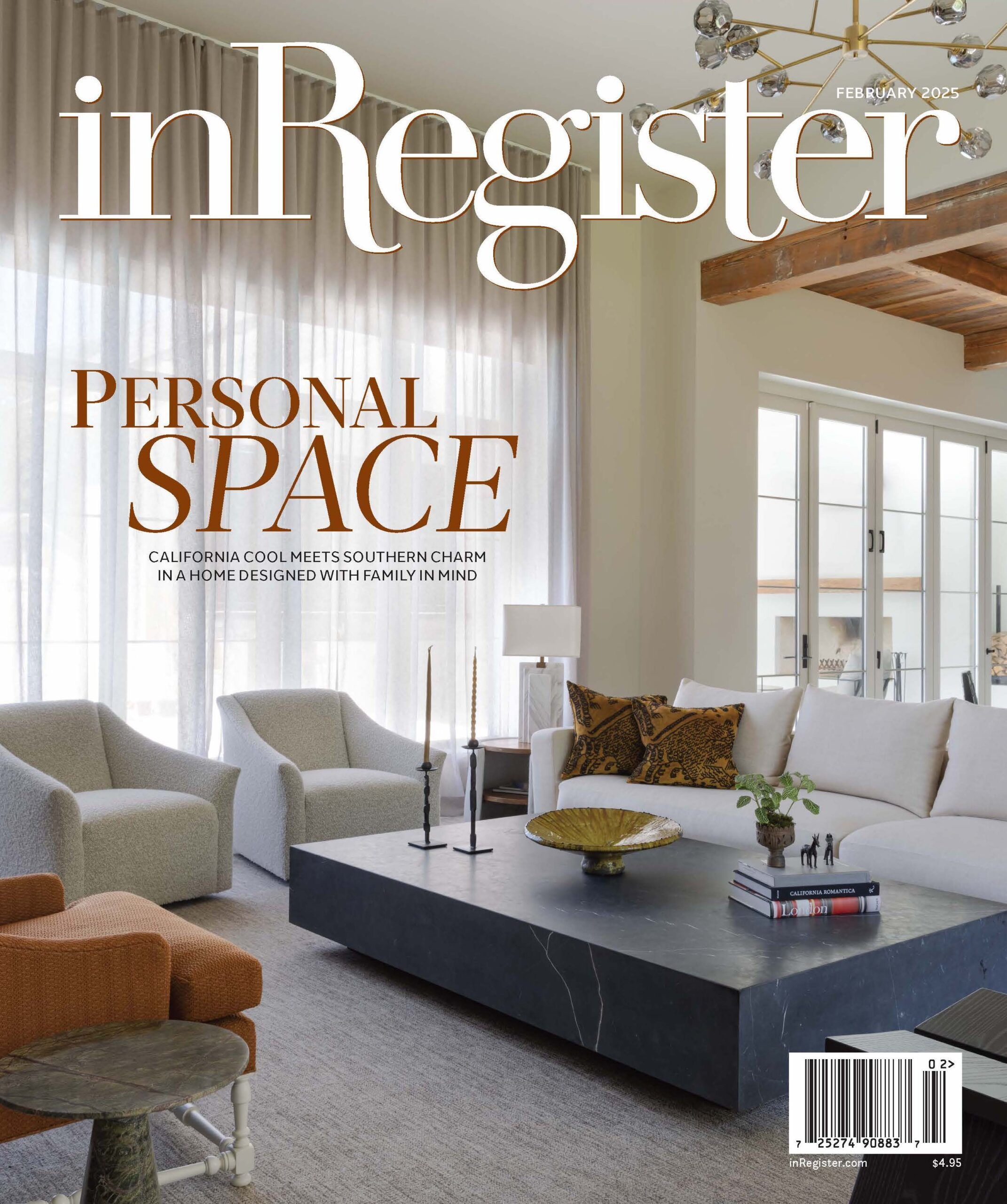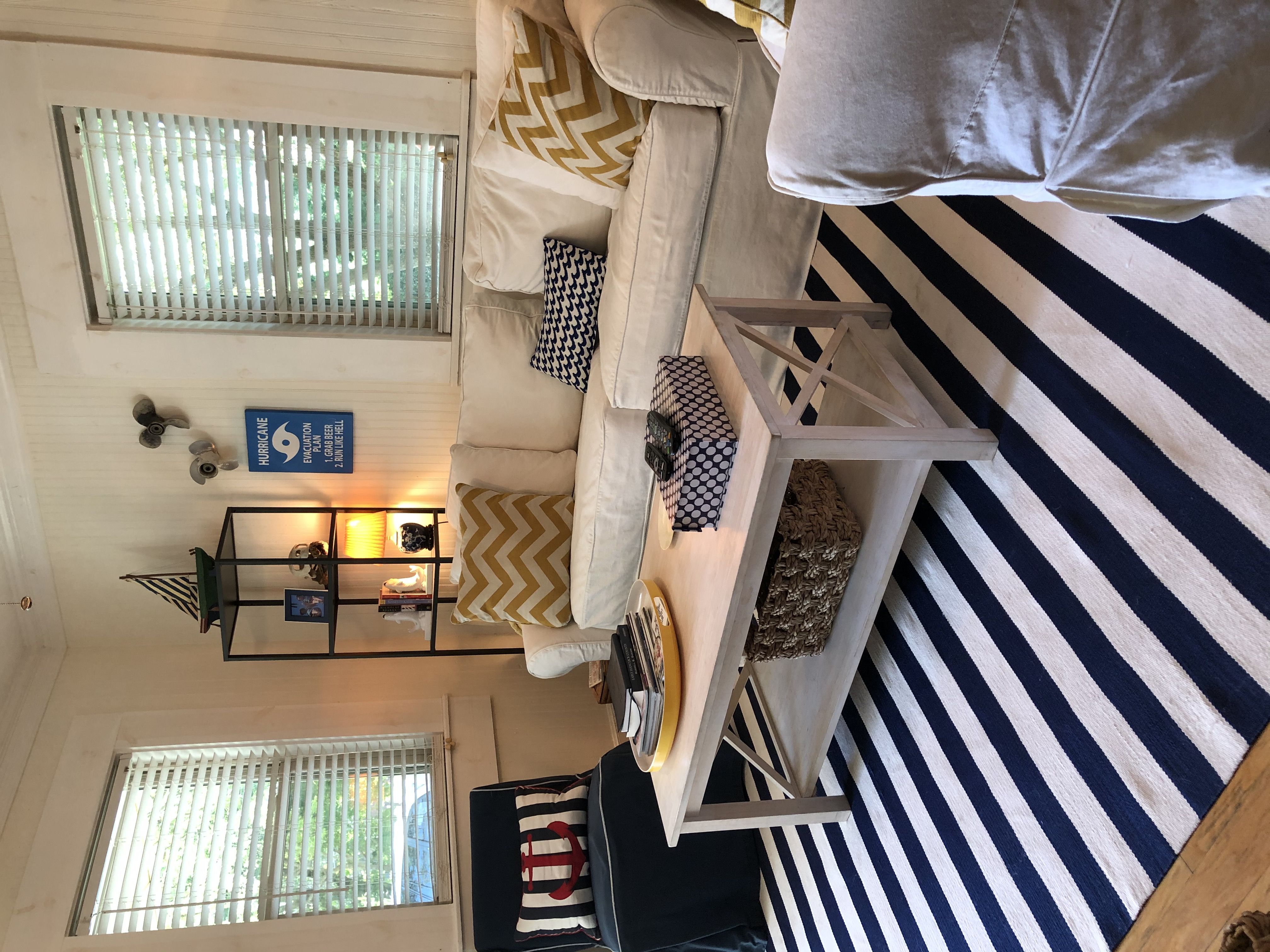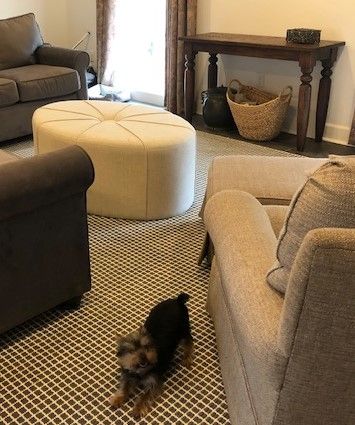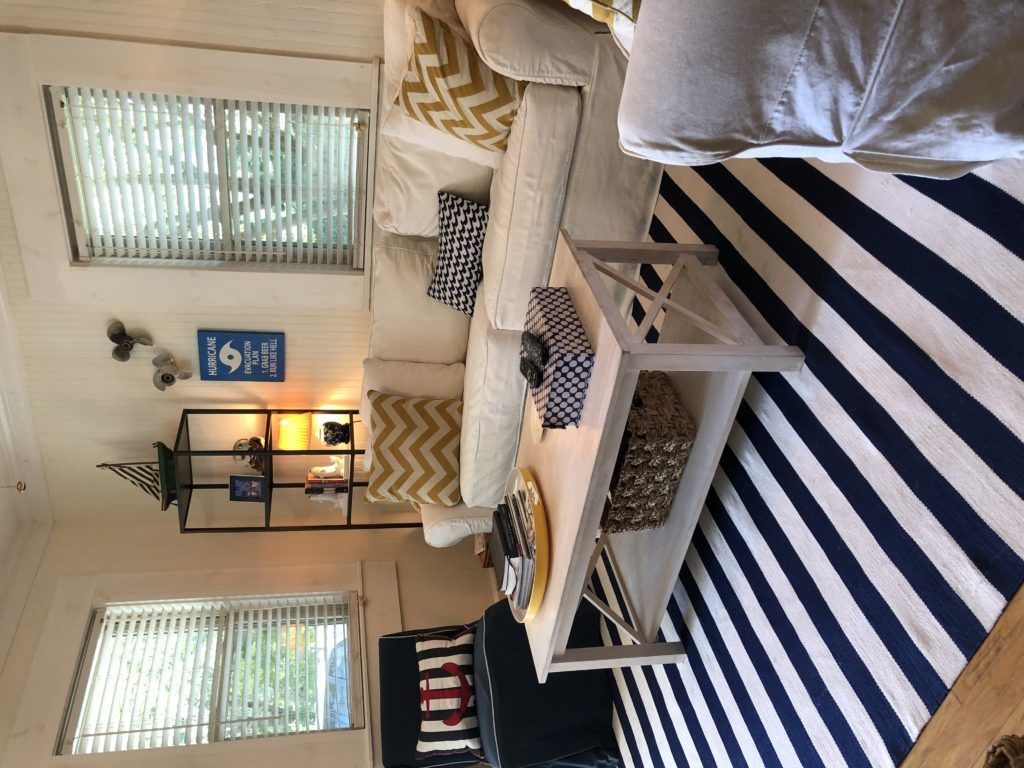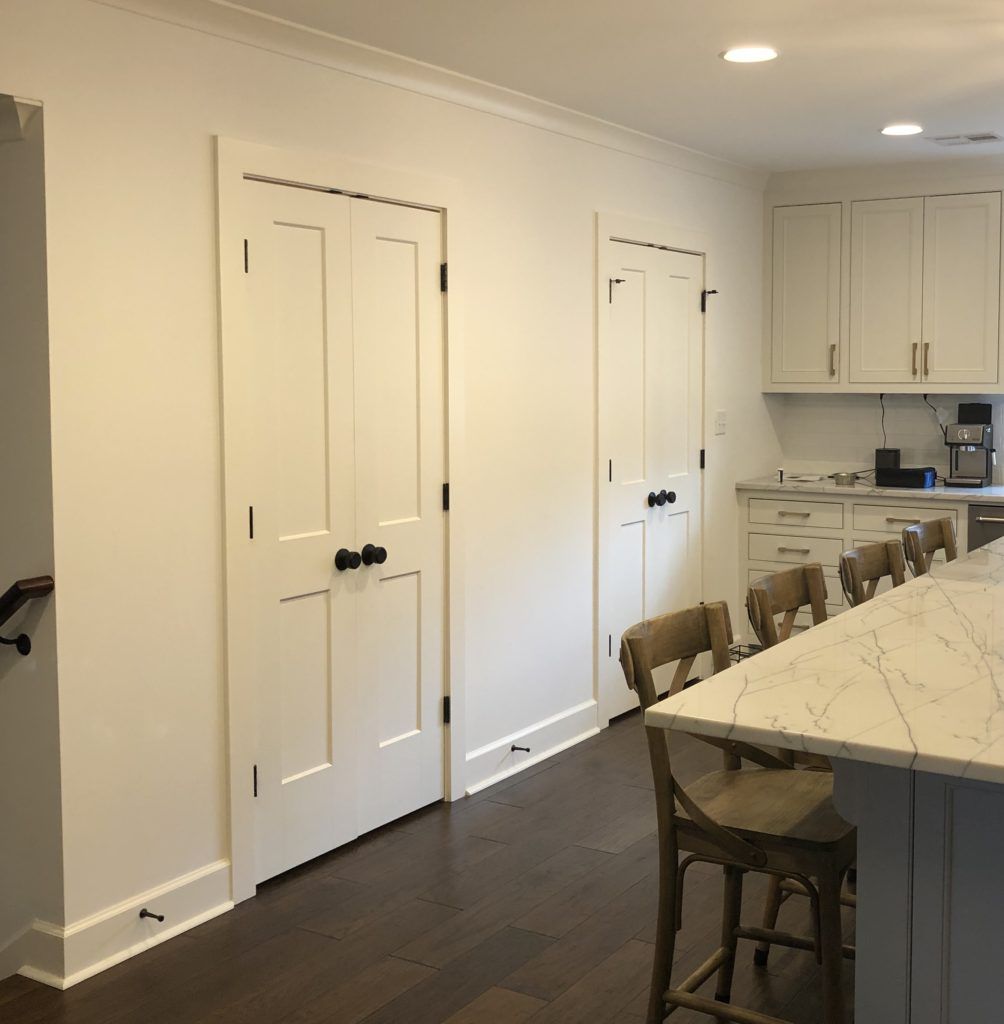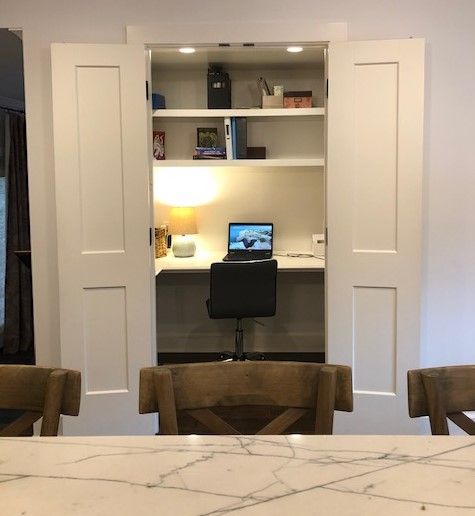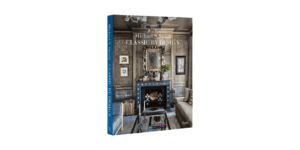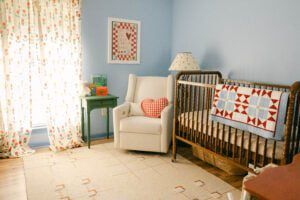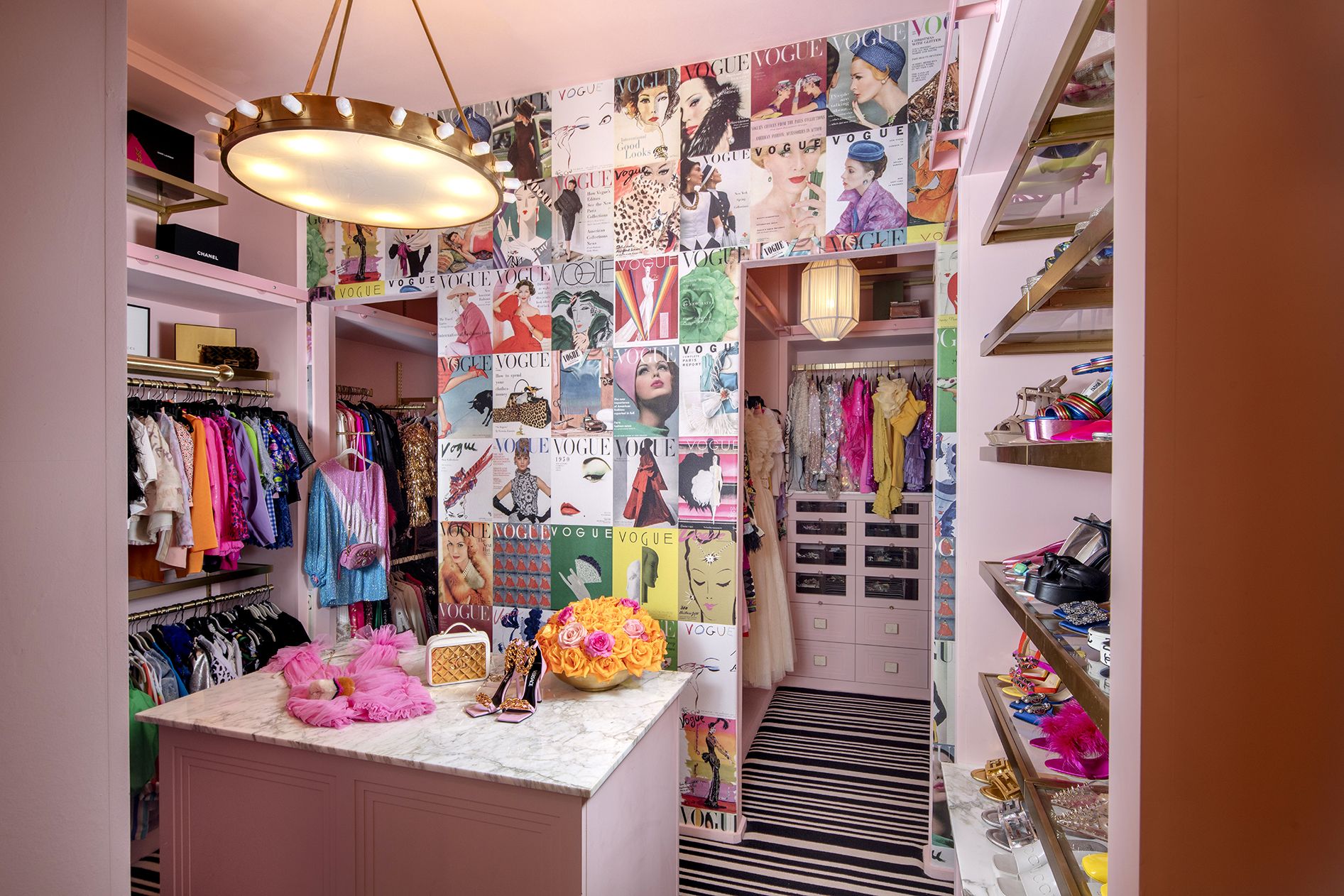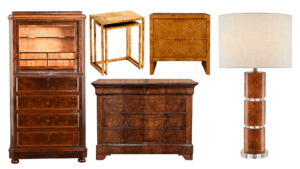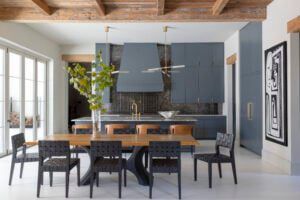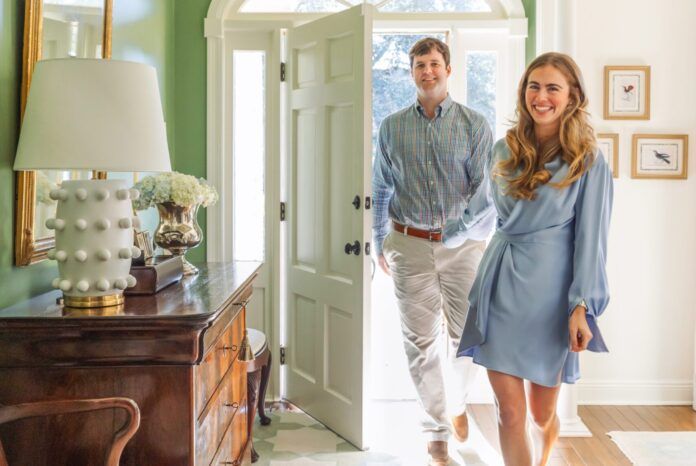What will homes look like in the post-COVID world? Here’s one designer’s take
As we approach the one-year mark of the COVID-19 pandemic sending us all into quarantines and lockdowns, we don’t think anyone could have imagined the drastic impacts it would have on so many aspects of our lives. No industry or field has been left untouched by the turmoil, and that includes interior design. To discuss how home design is evolving in light of the pandemic, we spoke to Sara Abercrombie of Abercrombie Designs.
According to Abercrombie, designers must always strive to ensure that their designs are not only beautiful but also thoughtful, purposeful and functional, and that focus is more clear than ever these days. For example, it may be hard to remember the days when our homes mainly operated as a place to rest and recharge, instead of as a catch-all for all of life’s activities.
“Since the pandemic started, our homes have also become our offices, our classrooms, our boardrooms, our gyms, our houses of worship, our social clubs, our everything,” Abercrombie says. “Being mandated to stay at home has required us to adapt without thinking, and for many, that has created chaos.”
Spending more time at home calls for furnishings that are durable yet comfortable, Abercrombie says. “There are numerous options for more durable fabrics for upholstery, drapery and even floor coverings, such as those originally created for outdoor use,” Abercrombie says. “Easy-to-clean surfaces are more important now than ever before. And with advances in textile science, the look and feel of these materials are as appealing as ever.”
Many homeowners are now calling for a dedicated home office or workspace that can be comfortably carved out of an existing room, Abercrombie says. After all, working from home may become the norm for many, even after the pandemic is behind us. “A home office can simply be a room with a door, a bedroom with a desk in it, or a table from which to work,” she says. “The ideal home office allows the user privacy and limits outside distractions.”
When a new floor plan or home additions may not be immediately possible, makeshift offices do the job. Pictured above, what looks like a storage closet off the kitchen also serves as a personal workspace. But when homeowners are ready to reimagine their living spaces, they might just opt for a whole new layout.
“More time spent all together has increased the need for private spaces for family members,” she adds. “I believe that this will steer us toward homes with distinct layouts, rather than open floor plans.”
For more on Abercrombie’s work, visit her website.

